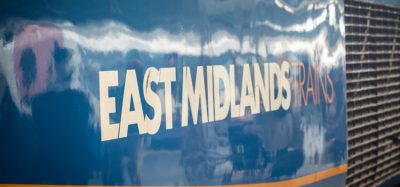ORR publishes annual report on rail funding and expenditure data
Posted: 31 January 2019 | Global Railway Review | No comments yet
During 2017-18, operators saw their costs increase for staff (0.9 per cent), rolling stock (5.5 per cent) and other operating costs such as access charges (1.4 per cent).


The Office of Rail and Road (ORR) has published its annual report detailing how the railway was funded in 2017-18, and how that money was spent.
Overall, the data shows that the industry received 1.3 per cent (£19.4 billion) less income than in 2016-17. This is largely due to falling passenger numbers, which caused income from fares to fall to £9.8 billion (a decrease of 2.4 per cent compared to the previous year). This drop was largely because of the eight per cent decrease in journeys experienced by South West Trains because of the Waterloo platform closure in summer 2017 and strike action.
This fall contributed to lower returns from train operators to governments: Governments received £0.4 billion net. This is a reduction of £0.3 billion from the previous year. Franchise payments decreased due to a combination of planned changes as set out in franchise agreements, planned cost increases on some franchises, payments to some train operators for delays to infrastructure upgrades, and lower than expected revenue growth across the industry.
Train operators received £0.9 billion of income from on-board catering, car parking and other sources; an increase of 2.3 per cent from 2016-17.
The year of 2017-18 saw Network Rail receive £4.2 billion of funding from governments.
The report also highlighted that in 2017-18, the cost of running the railways rose by 1.4 per cent to £20.6 billion.
Network Rail’s costs increased by 9.3 per cent to £8.6 billion, largely due to increased financing costs. Network Rail also paid £0.4 billion in schedule 4&8 payments to train operators, a 4.6 per cent increase from the previous year; reflecting poor performance.
Franchised train operators’ overall costs fell 1.6 per cent to £12.9 billion. This is largely because they paid 12.1 per cent less to governments. However, operators saw their costs increase for staff (0.9 per cent), rolling stock (5.5 per cent) and other operating costs such as access charges (1.4 per cent).
Train operators’ declared dividends totalled £0.2 billion, a decrease of 27 per cent from 2016-17, but an increase of 6.5 per cent compared to five years ago. Over the last five years, dividends have remained equivalent to around 2.5 per cent of passenger fares.
Stay Connected with Global Railway Review — Subscribe for Free!
Get exclusive access to the latest rail industry insights from Global Railway Review — all tailored to your interests.
✅ Expert-Led Webinars – Gain insights from global industry leaders
✅ Weekly News & Reports – Rail project updates, thought leadership, and exclusive interviews
✅ Partner Innovations – Discover cutting-edge rail technologies
✅ Print/Digital Magazine – Enjoy two in-depth issues per year, packed with expert content
Choose the updates that matter most to you. Sign up now to stay informed, inspired, and connected — all for free!
Thank you for being part of our community. Let’s keep shaping the future of rail together!







